DENVER — Inside classrooms across Colorado, teachers like Jessica Shagalski face a struggle that she said begins outside of classrooms.
"Depending on what they need, we do our best and cater to their needs," Shagalski said.
She teaches second grade at Wyatt Academy, a charter school situated just north of downtown Denver. With a student population that is more than 90% Black and Hispanic, they are right in the middle of the battleground trying to erase what's called "The Achievement Gap".
"Kids of color are achieving at a slower rate than kids that are not of color," Melody Means, Wyatt Academy dean of Culture, said.


Means is an African-American woman who sought out a school like Wyatt to specifically take on issues like the Achievement Gap. On average, Black and Hispanic students score lower than White and Asian students, according to state standardized test scores.
"The people that are teaching us, I don't think, truly understand people of color," Means said.


In 2004, more than half of Hispanic students and 60% of Black students were proficient or better in reading compared to about 80% of White students. In 2019, test results show that Black and Latino students are down to 25% with expected reading skills while one of every two White students met expectations. The Achievement Gap was widening.

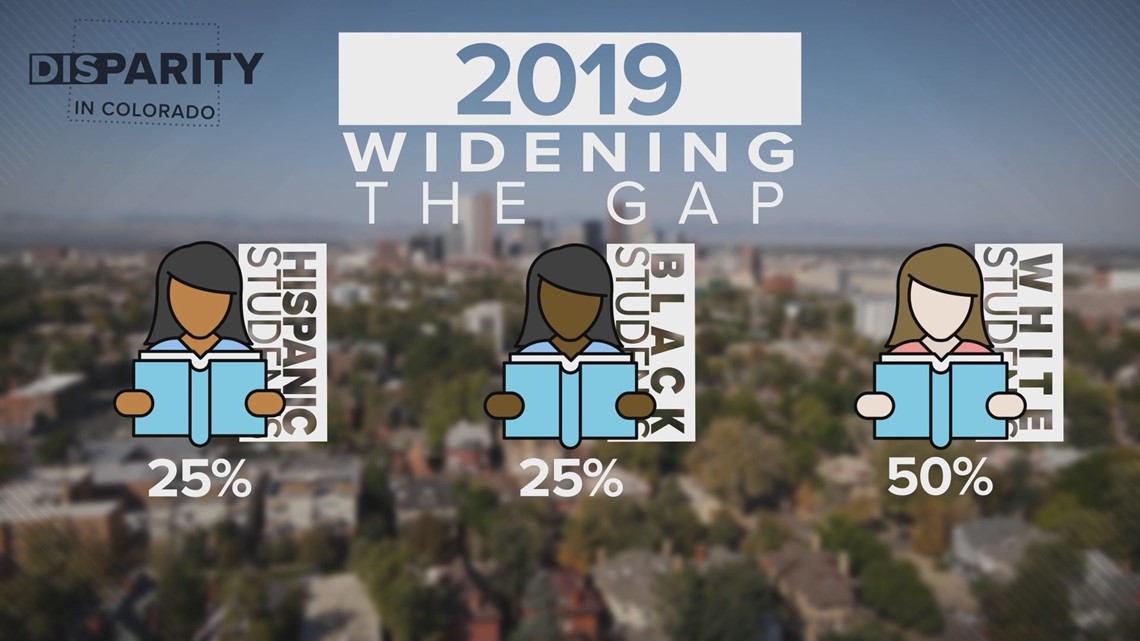
"People are starting to ask the tough questions: Why is this happening and what can we do to start really being serious about closing these achievement gaps?" Dr. Dan Jesse said.
Jesse is a principal analyst with Metropolitan State University of Denver and its Western Educational Equity Assistance Center. Jesse has long studied the reasons why the Achievement Gap has existed over time.
"It's a systemic racism system," Jesse said. "You cannot grow up in America and not be racist or sexist."
He said minorities make up a large part of the low-income population and that's a huge factor when it comes to learning opportunities.
"Equity is such a complicated issue and obviously it's been with us for hundreds of years if you really go back and look at what's going on," Jesse said.

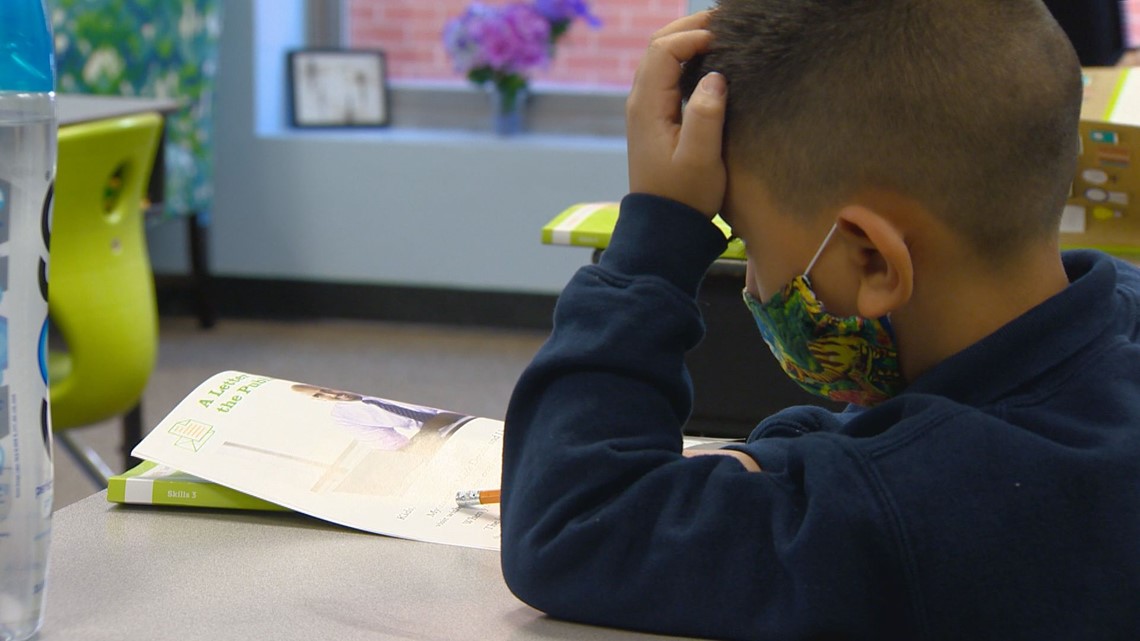
Means said that in the neighborhoods around Wyatt Academy, race and poverty are tied together.
"It's too bad that it is, but it is," Means said. "They go hand-in-hand."
The school's rate for students who receive free and/or deduced lunch through the federal government is nearly identical to the minority rate -- also at 90%. The free and/or reduced lunch figure is commonly used as an indicator to show the number of low-income families at any school.
In the basement of the historic school building constructed in 1887, Wyatt Academy offers a clothing boutique for families to find clothes for free. It is set up like a mini department store with shirts, pants, and shoes of all sizes positioned on racks across a large room.

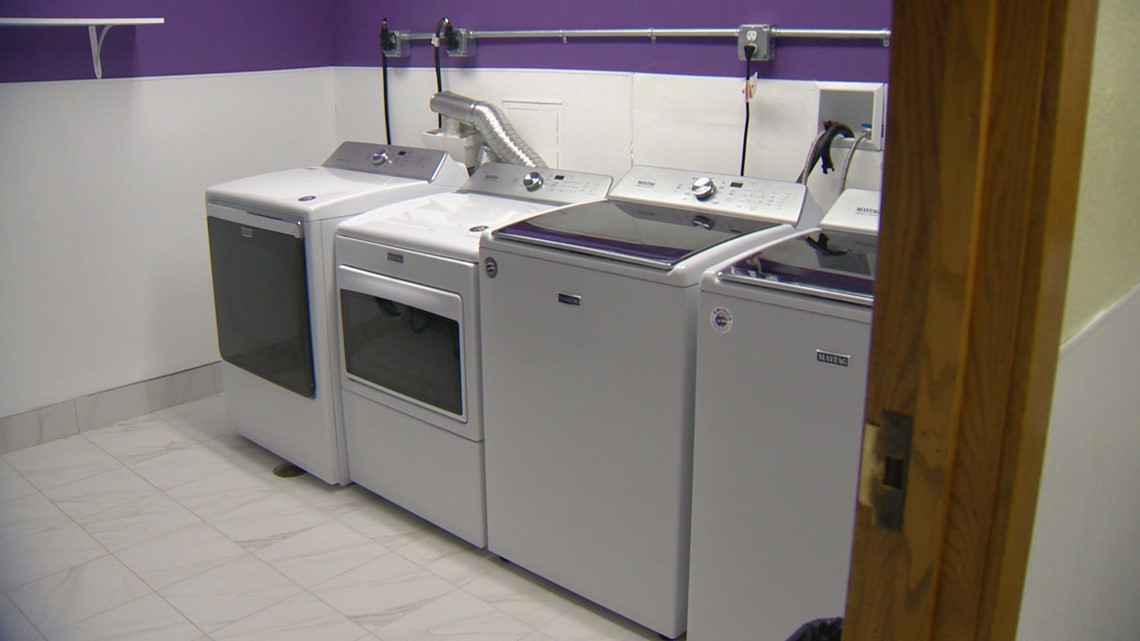
The school also offers free access to a washer and dryer and food. Means wants to take care of concerns for families outside of the classroom with hopes that the Black and Hispanic kids can do better inside the classroom.
"We want to be able to meet the needs of all students at Wyatt Academy," Means said. "This is why we're closing the Achievement Gap."
She is also creating individual learning profiles and supporting teachers to develop better ways of teaching kids of color.
"I will go in and talk to you and I want to understand what you're teaching and about your students," Means said.
Last year at Wyatt, Means said the Achievement Gap continued to shrink with Hispanic students and all low-income students beating the state average in math scores.
"We understand that for students to trust us, their families have to trust us," Means said.
Shagalski said it takes an effort from everybody.
"Everything we do as a staff. Everything that we do together to work with our students is going to get them to close that gap to reach the level they need to be," Shagalski said.

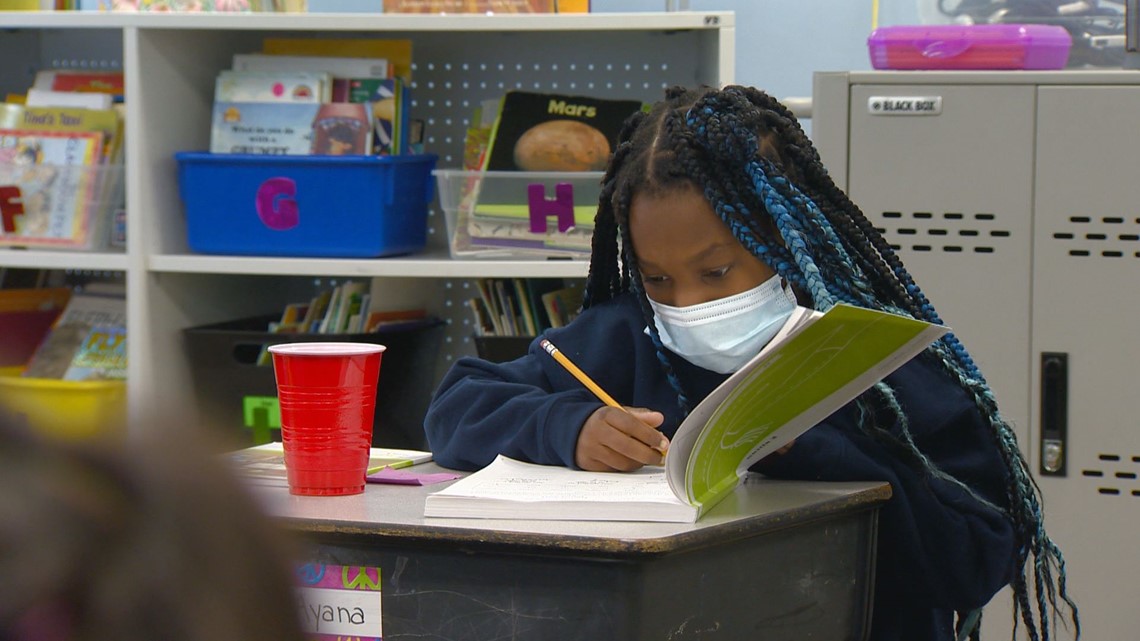
But, can this work at every school? Jesse said yes, but it is difficult.
"I think people do tend to get burned out by that and it's bigger districts you'll see that quite often," Jesse said.
So, the Colorado Department of Education is trying something else.
"By making sure that all Colorado children have an opportunity to learn in a really high-quality environment, we think that gap can close," Melissa Colsman, associate commissioner for Student Learning, said.
State legislators have committed around $33 million per year to support teachers trying to help all kids read at grade level by third grade, through a law called the READ Act.
"It's often said that in grades K through three kids are learning to read and after that, kids are reading to learn," Colsman said.

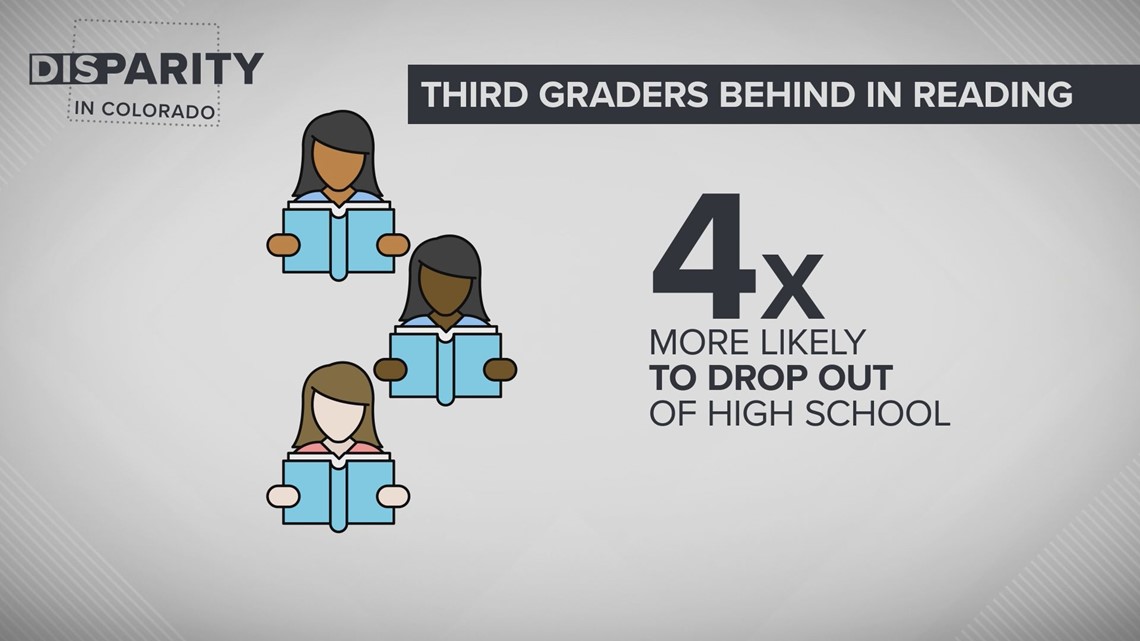
Colsman calls third grade reading a critical milestone that can solve the achievement gap before it starts. She said kids behind in reading in third grade are four times more likely to drop out of high school.
"Not having those foundational skills in place, our children are at a disadvantage in every subject area," Colsman said. "The gap gets bigger as kids get older."
That's why Shagalski hopes the work she's doing in second grade in reading can make a difference in third grade and beyond -- inside and outside the classroom.
"We're already starting to get there; we've made a lot of progress in this school, and I think it's going to keep going upward," Shagalski said.
This story is part of a series of stories we'll be airing throughout the month of November, where we look at Disparity in Colorado in many different areas from education to healthcare access and how disparity within the criminal justice system impacts people of color in Colorado.
Suggested Videos| Voices of Change

